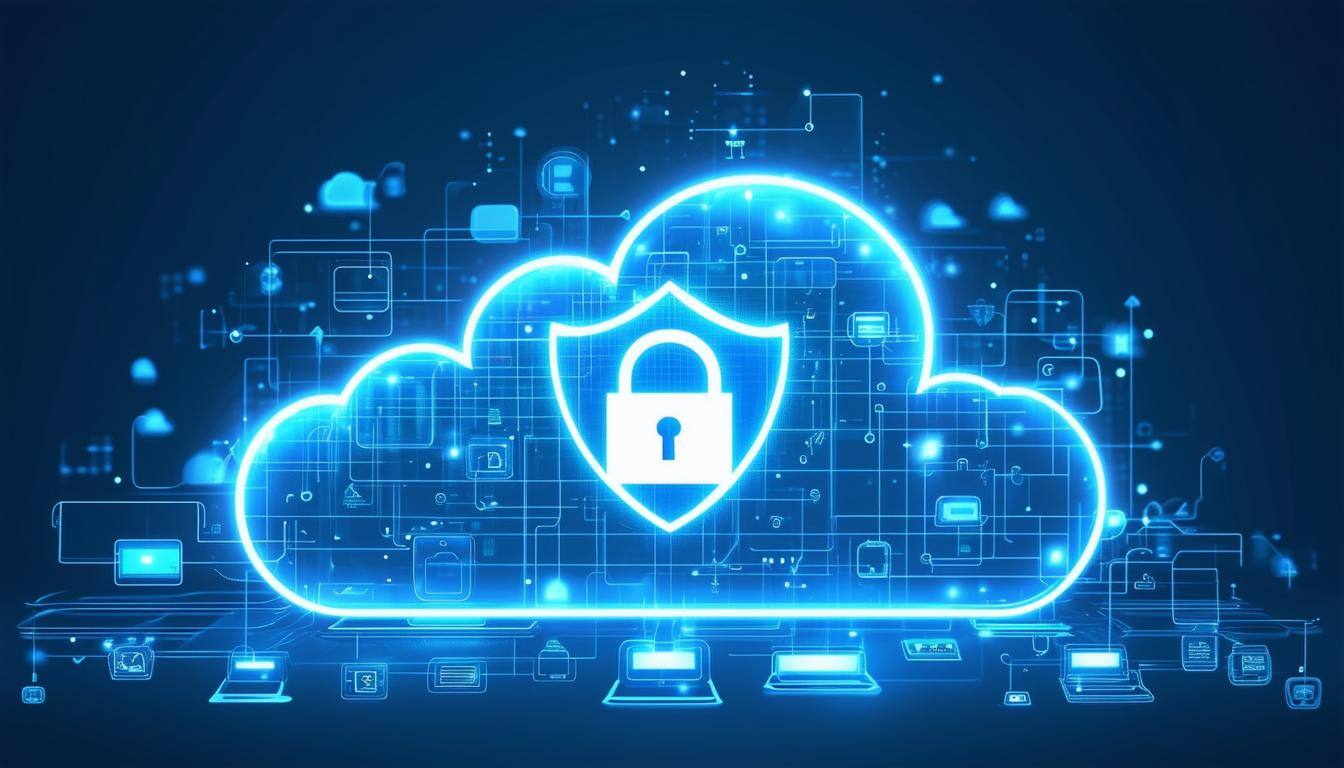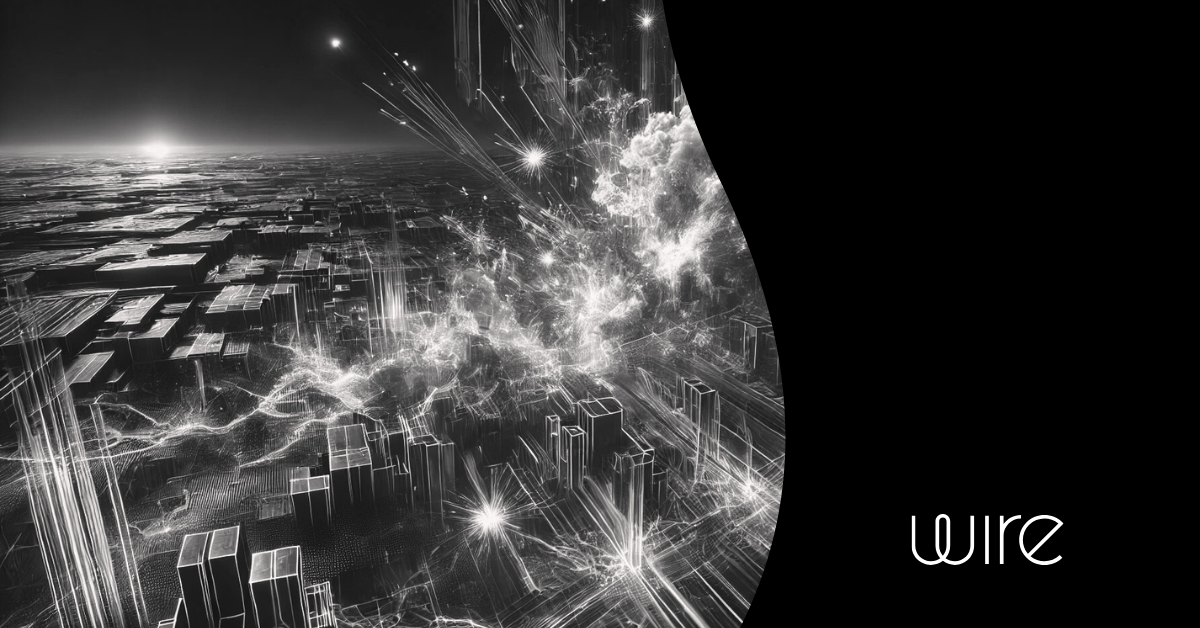The 2025 Allianz Risk Barometer has just been released, and it couldn’t be clearer that the threat of cybersecurity breaches is now the preeminent corporate risk point. And AI is raising the stakes of that risk even higher.
Understanding Cybersecurity’s Role in the Allianz Risk Barometer
For those who aren’t familiar, Allianz Commercial has published its survey-based business risk report for 14 years. Risks to the safety of data and business processes due to malicious cyber incidents have long ranked in the upper tiers of survey results. The latest version, published on January 14, 2025, incorporates the views of nearly 3,800 respondents from 106 countries and territories. The survey targets risk management professionals from large, smaller and mid-size companies. Most were for large-size companies (>US$500mn annual revenue) [1,747 respondents, 46%]. Mid-size companies ($100mn+ to $500mn revenue) contributed 936 respondents (25%), while smaller enterprises (<$100mn revenue) produced 1,095 respondents (29%). Risk management experts who took part came from 24 industry sectors. In all, a comprehensive view.
Cybersecurity Tops the Allianz Risk Barometer for 2025
Could anyone be surprised, given how digitized humanity has become, that cybersecurity ranks as the leading risk for 2025? Well, to be technically accurate, the category is officially labeled as “cyber incidents,” which includes:
- IT network and service disruption
- Malware and ransomware
- Data breaches, fines and penalties
But let’s be real. Network outages and other IT incidents are normal and expected. As the report stated, the “impact of a data breach is the exposure companies fear most.” Ransomware is also deeply feared, being the top cause of cyber insurance loss, accounting for 58% the value of large-scale ($1M+) cyber insurance claims. Among the top five cyber risks companies were most concerned about, 4 out of 5 were directly related to security, as illustrated in this chart from the report:

This year, digital security concerns dominated the survey, scoring a record 38% of responses—7% higher than the second-place issue, marking the largest gap ever recorded. It has held the top spot in four of the last five years. Globally, cybersecurity ranked first in 18 countries, including the USA, UK, Germany, France, Italy, Australia, Portugal, Brazil, Nigeria, and South Africa.
Cyber was also a leading risk for companies of all sizes - large, mid, and small -spanning across a wide range of industries , including:
- Aviation
- Chemicals
- Entertainment
- Financial Services
- Legal Services
- Media
- Technology
- Telecommunications
Unsurprisingly, larger businesses perceive cyber risks more critically than smaller firms, with 45% of risk professionals from larger enterprises identifying cyber as their top concern, compared to 35% in smaller organizations.
More Cybersecurity Risk Embedded in Other Risks
Being the top-ranked risk is notable enough, but cyber’s impact extends even further. The survey identified “business interruption” as the second most critical risk. However, respondents revealed that cyber incidents are the cause of business interruption that organizations fear the most.
The fourth-ranked corporate risk, legislative/regulatory changes, has strong links to cybersecurity. In a world increasingly shaped by digital and data sovereignty laws, staying compliant and avoiding steep penalties requires close attention to cybersecurity challenges to safeguard data privacy and protection.
Finally, the tenth-ranked risk in the report–emerging technologies - incorporates a wide variety of cybersecurity risks. Among these, the most significant new X factor is the rise of artificial intelligence (AI).

AI is Making Cybersecurity Risk Riskier
AI is an unavoidable technology today. According to a 2025 McKinsey survey, 65% of companies say they now regularly use generative AI. This is an astounding statistic, given that OpenAI ChatGPT only launched in 2022.
According to the report, “Companies have little choice but to adopt AI due to its rapid advancement, says Daniel Muller, Emerging Risks and Trends Manager, Allianz Commercial. Those who hesitate risk falling behind competitors and missing valuable opportunities. While technology development used to be gradual, today’s fast-paced AI landscape, coupled with regulatory and legal lag, demands swift adoption.”
Despite the rapid rise of AI in corporate landscapes, many risk managers are ambivalent about its overall impact on their businesses. Half believe that AI offers more advantages than drawbacks, while 35% see the positives and negatives evenly balanced with benefits as equal to risks, and 15% feel risks outweigh benefits. One major reason for this ambivalence is the cybersecurity challenges associated with AI. While the technology presents numerous business opportunities, criminals and nation states are leveraging AI to sharpen their attacks on industry targets.
The overall impact of AI is the acceleration of existing trends, reshaping workflows across nearly every business domain. In addition, AI is empowering attackers to make cybersecurity threats even more challenging than ever before.
Protect Your Business Core with a Secure Digital Workspace
Modern work revolves around three core functions that constitute a digital workspace:
- Messaging
- Calling (Audio and Video)
- File Sharing
One of the biggest cybersecurity risks is when the technology platforms supporting one or more of these three critical work functions are compromised through a data or systems breach. Unfortunately, the large-scale technology platforms used by many to support these functions are deeply compromised with serious cybersecurity vulnerabilities. Some key reasons are:
The net result of these cybersecurity deficiencies is that they lead to dramatically higher risk levels.
How Wire Can Help
Wire is the world’s most secure collaboration and workspace solution. With Wire, you get Slack-like messaging, Zoom-like calling, and with our forthcoming Wire-Cells integration, you get Google Drive-like file sharing and management. Yet unlike compromised big tech platforms, with Wire you also get:
- Messaging Layer Security (MLS) that provides the strongest security available for internal, supply chain, and customer communications
- Zero-trust and zero-knowledge architecture
- Quantum-ready ciphersuite flexibility
- Open source transparency
- GDPR, DORA, NIS2, CCPA compliance
- On-premises deployment option for sovereign data control
To start your journey, contact us to talk with one of our experts.
